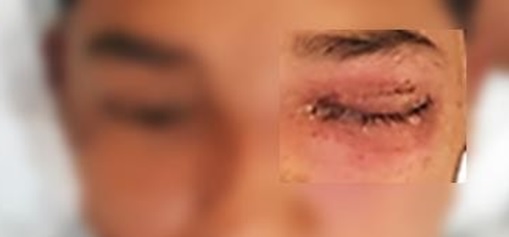Enfermedad de Chagas en niño residente en zona urbana a 2850 metros sobre el nivel del mar Reporte de Caso
Contenido principal del artículo
Resumen
Introducción: La enfermedad de Chagas es una afección parasitaria, transmitida por vectores con características eco epidemiológicas causada por el protozoario Trypanosoma cruzi, del 2013 al 2019 el Ecuador reportó 108 casos agudos de los cuales 7 estuvieron en la provincia de Pichincha. Presentamos el caso por sus características eco-epidemiológicas.
Caso clínico: un caso agudo de paciente masculino de 14 años, residente en zona no endémica que inició con signo de Romaña, fiebre de tres semanas de evolución con esplenomegalia leve e hipertrofia concéntrica del ventrículo izquierdo.
Evolución: el paciente fue tratado con benznidazol 7mg/kg/día vía oral cada 8 horas por dos meses, medidas de soporte y seguimiento multidisciplinario.
Conclusión: La zona de detección fue el noreste del distrito metropolitano de Quito, la cual es parte del distrito de salud 17D01, sin reportes previos hasta el año 2016, cuya aparición se podría relacionar con cambios en el ecosistema local y el impacto en la transmisión de enfermedades vectoriales.
Descargas
Detalles del artículo

Esta obra está bajo una licencia internacional Creative Commons Atribución-NoComercial-CompartirIgual 4.0.

